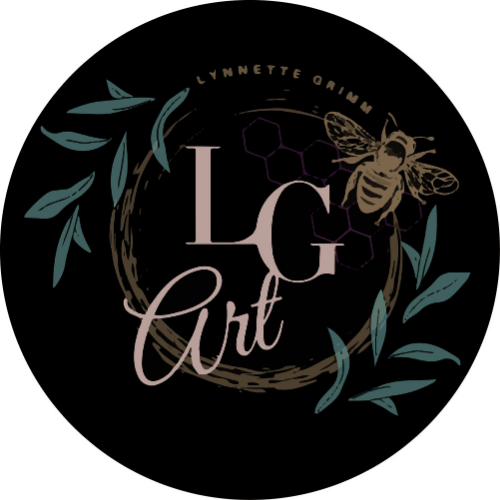The Art of Protest: Beauty in Decay and the Portrait I Can’t Not Paint
Some paintings come from curiosity.
Some from love.
And some come from the fire in your gut that refuses to burn out.
This is one of those.
There’s a portrait I’ve been circling for a while now. It’s loud, uncomfortable, heavy with symbolism—and it’s time.
Because when you live in a country where rights are eroded by the hour, where lies are louder than laws, and where people in power treat cruelty like a campaign strategy… you reach a breaking point. Or maybe, you reach a painting point.
Why This Painting, Why Now
I’m working on a protest portrait of Donald Trump. Not because I think he deserves to be immortalized—but because I believe in the power of art to name what is rotting beneath the surface.
This isn’t about caricature. It’s not satire. It’s not a joke.
This is about truth.
About symbolism.
About documenting a time in American history where decay isn’t hidden—it’s celebrated. Where the false gold is flaking, but somehow people are still polishing it.
Through my Beauty in Decay lens, I’ll be pulling from the visual language of collapse:
– Tarnished metals
– Decayed fruit
– Rotted wood
– Cracked mirrors
– Flags fraying at the seams
Because this isn’t just a portrait of a man. It’s a portrait of what we’ve allowed. What we’ve ignored. What we’ve normalized.
The Role of the Artist in Times Like These
To create is to risk.
To create protest art is to reject comfort.
To paint the thing no one wants to look at is to insist on being a witness.
As artists, we are not neutral. Our work may hang on walls—but it doesn’t stay there. It travels. It echoes. It sits in people’s minds long after they leave the gallery or scroll past the post.
And sometimes, our job isn’t to inspire. Sometimes it’s to disrupt.
What This Has to Do with Beauty in Decay
This portrait will be part of Beauty in Decay because decay is not just a natural process—it’s a political one. Institutions decay. Truth decays. Empathy, compassion, safety—all vulnerable to rot if not protected.
But even in that decay, there is clarity.
There is room for truth.
There is the stark beauty of something no longer hiding what it is.
And that, to me, is worth painting.
